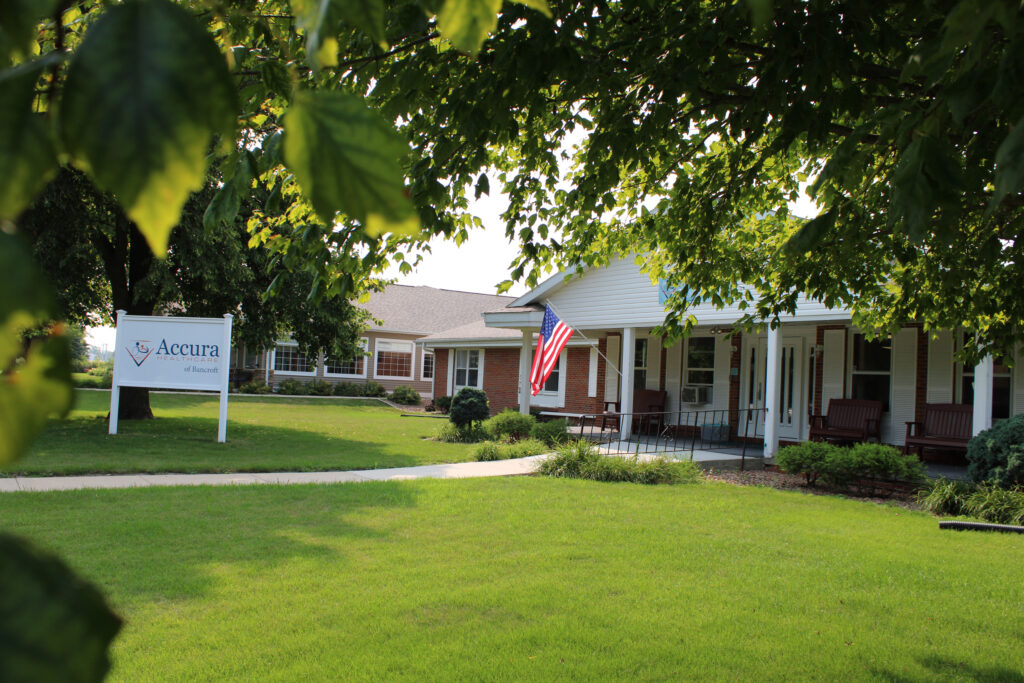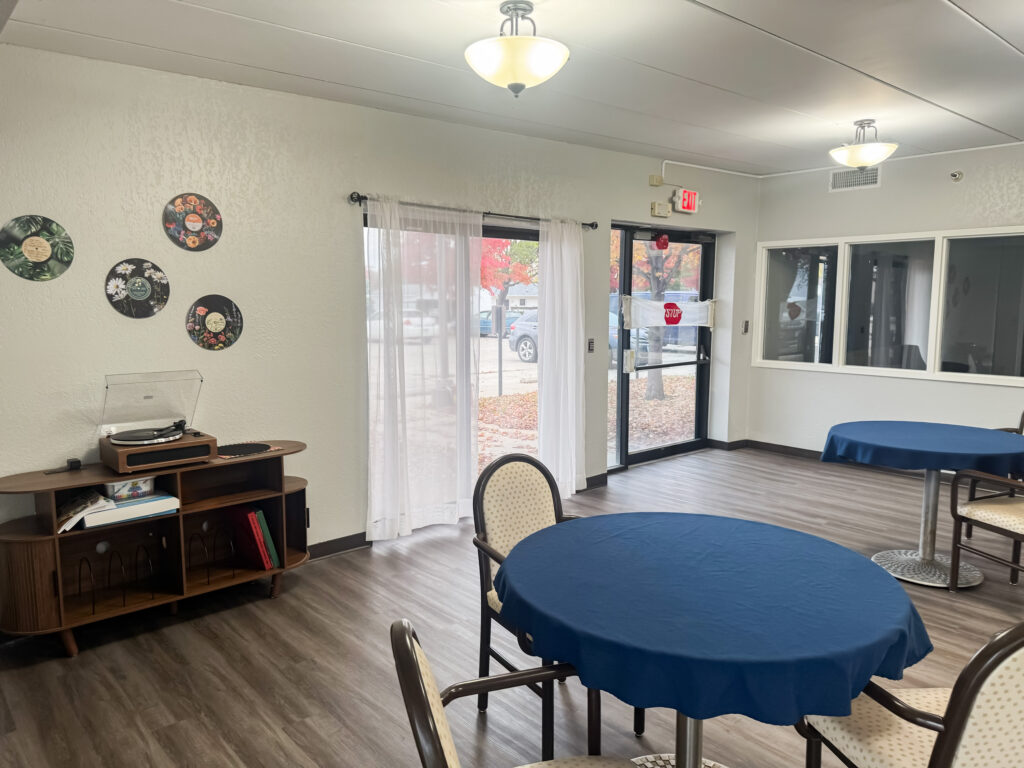Moving a loved one into an assisted living facility is a big decision and can be an emotional experience. It involves practical considerations and the weight of responsibility in ensuring your loved one receives the best care possible.
It’s essential to have a checklist to help guide you through the planning and preparation stages, alleviating some of the stress and making the moving process smoother. This blog post will discuss key factors to consider when building a checklist for moving a loved one into an assisted living facility.
- Determine Needs and Preferences
The first step in creating a checklist is to assess your loved one’s needs and preferences. This includes their medical requirements, daily routine, social activities, dietary restrictions, and overall lifestyle. Understanding these factors will help you select an appropriate facility that meets your loved one’s needs.
- Research Different Facilities
Take the time to research different assisted living facilities in the area. Consider location, cost, amenities, staff qualifications and experience, and resident reviews. It’s also important to visit each facility in person to get a feel for the atmosphere and ask any questions you may have.
- Create a Budget
Moving into an assisted living facility can be costly, so creating a budget beforehand is crucial. Remember to factor in monthly fees and additional costs such as medication, transportation, and personal care services. Knowing your budget will help narrow down your options and avoid any financial strain in the future.
- Plan for Downsizing
Moving to an assisted living facility often means downsizing from a larger home. This can be a challenging process, so planning ahead is important. Make a list of essential items your loved one will need in their new living space, and consider donating or selling any excess belongings.
- Coordinate with Healthcare Providers
Inform your loved one’s healthcare providers about the move to ensure a smooth transition of care. It’s essential to obtain medical records and prescriptions before the move and discuss any necessary accommodations or changes in medication management.
- Prepare for Emotional Adjustments
Moving into an assisted living facility can be emotionally taxing for both the individual and their family members. Preparing for this transition is vital by having open and honest conversations, seeking support from friends and family, and involving your loved one in decision-making.
- Plan Moving Logistics
Moving logistics can be overwhelming, so it’s helpful to have a plan in place. This may include hiring professional movers, packing a moving kit with essentials for the first day at the new facility, and coordinating transportation for your loved one on a moving day.
- Create a Personalized Care Plan
Everyone has unique needs, and creating a personalized care plan with the assisted living facility staff is essential. This should include medication management, dietary restrictions, social activities, and other specific requests or requirements.
- Settle In and Communicate
After the move, you must settle your loved one into their new home and continue communicating with them about their experience in the facility. Ensure they feel comfortable and supported in their new environment and address any concerns or issues.





